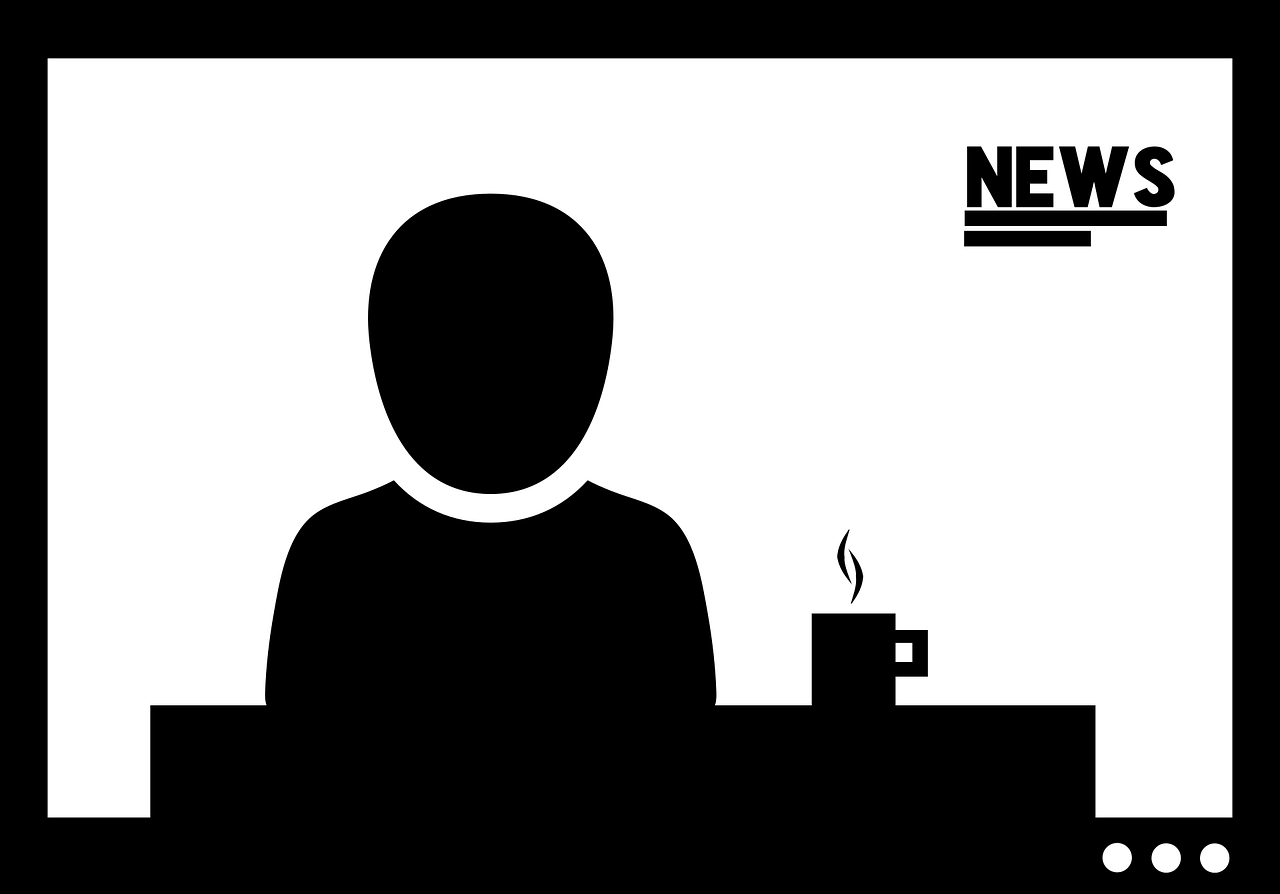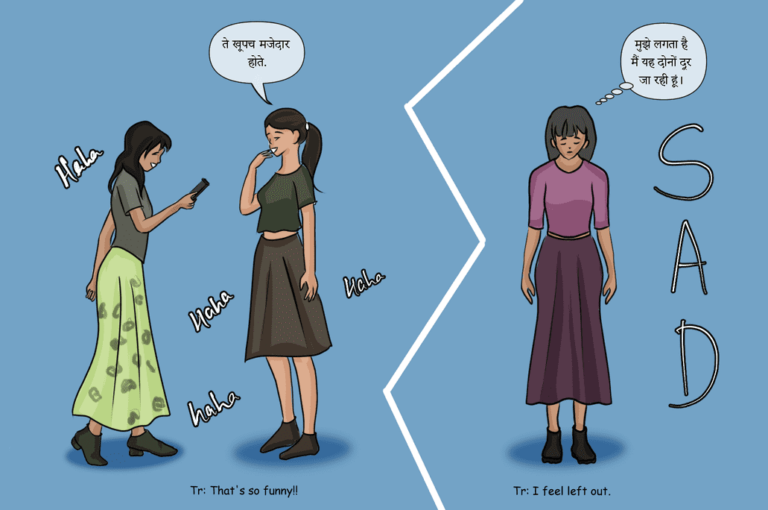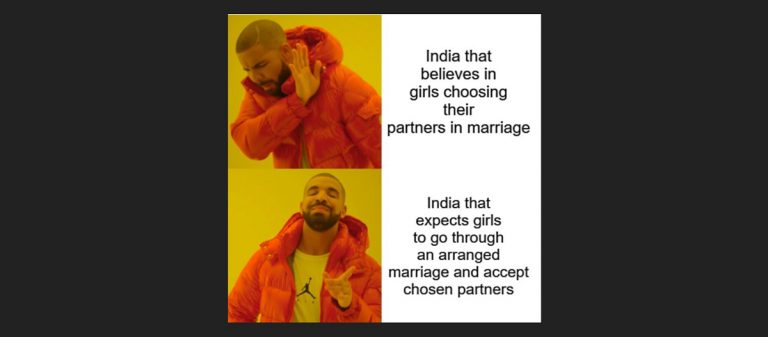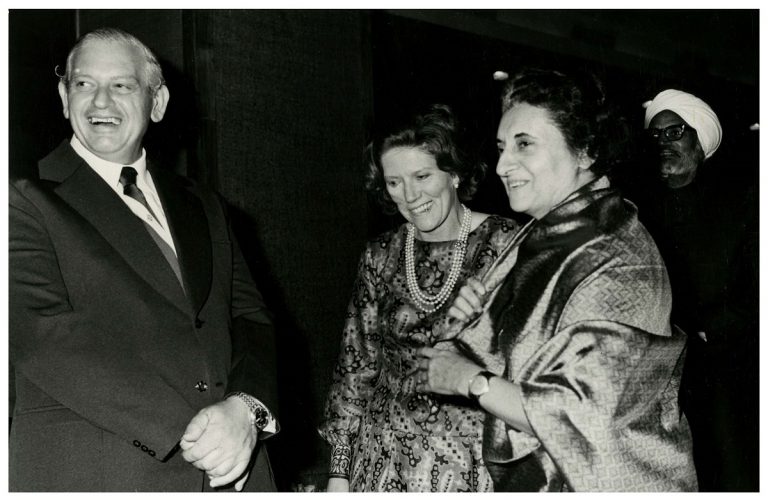What’s up with the elections in South, “National Television Media”?
A Social Researcher with keen interest in politics of ideological subversions. Weaving stories from grassroots, filling in the blanks by travelling and interactions with various communities. A consultant by profession,
I often wonder about this “Festival of Democracy” and “biases” of the Indian national television media. The biases are always denied by the national television media, the programme lists of these channels however speak otherwise. As recently as 2021, four Indian states and one union territory-Assam, Kerala, Tamil Nadu, Puducherry, and West Bengal went to elections for their respective state legislative assemblies, of which the state of West Bengal has been in the limelight through and through. One primary reason being Mamata Banerjee, the current chief minister has been an ardent critic of the centre throughout. BJP has realised the threat and opportunity in this particular state. The history of the West Bengal legislative Assembly shows that any party which has come to power in this state has formed governments for more than two terms continuously without much opposition. To understand why the Bengal election is national news while the rest of the states are not, we should understand the biases at play.
Tamil Nadu contests on 234 seats whereas West Bengal contests on 292 of 294 constituencies. Kerala and Assam contest on 140 and 126 seats respectively while Puducherry contests on 30 seats. Who is covering these elections? Of course all the leading television media in the country or so as they claim. In order to understand the realities of election coverage, we need to look at some of the realities associated with the “National Television Media”.
What’s behind the television media?
According to a report in 2016, the total number of news and current affairs channels that have been granted permission to broadcast in India stands at 403. The link to the same list on the Ministry’s official website is broken and hence couldn’t be retrieved. However, taking the channel listing from one of India’s leading DTH service providers in 2020, one can see 25 English news channels and 38 Hindi news channels listed for subscription. The audience of the Hindi channels are primarily from the Hindi majority states and hence the content is aligned to the taste of these regions. Many might disagree with this, but I humbly request you to understand that the revenue for these channels come through viewership and advertisement. Commonly referred to as TRP (Television Rating Points), a tool used to study the viewers choice and popularity of a programme helps channels to orchestrate shows, debates, and programmes aligned to the viewers. With higher viewership, top brands advertise through these channels and help them generate revenues. In a report published in September 2020 by bestmediainfo.com, it was clear that a lot of top brands advertise through news channels and they would reconsider their advertisement spending if the broadcasters don’t reconsider the toxic contents on their channel.
How does all of this impact election coverage?
In 2014, the BJP (Bharatiya Janata Party) won the general elections with an absolute majority. In his book How the BJP Wins, Prashant Jha writes about the role of media and social media in making Narendra Modi an icon. They ran paid campaigns on media channels and had a team dedicated to regulating the contents. This upsurge also created a great polarization in the media houses itself. Niranjan Sahoo writes, “Particularly since the landslide electoral victories of the Hindu nationalist Bharatiya Janata Party (BJP) in 2014 and 2019, the consequences of severe polarization have grown ever more worrisome.” Narendra Modi and the BJP since then have become the most prime time debates of the majority of national news broadcasters. An article published in March 2021 by Business Standard, BARC (Broadcast Audience Research Council) has reported that Narendra Modi is the most watched personality. It is imperative that the media is focused on covering stories on the BJP and Narendra Modi.
Focusing on the states undergoing elections in West Bengal and Assam from the Eastern part of India, in the state of West Bengal, AITC (All India Trinamool Congress) is contesting against the BJP in opposition. This has led to a lot of rallies by the national leaders of the BJP to flock to West Bengal even during an ongoing pandemic. Prime Minister Narendra Modi, Amit Shah, JP Nadda, Yogi Adityanath and many other senior leaders of the party have shown up in the state to ensure a victory. Also, most of these leaders address their rallies in Hindi, a language familiar mostly to the Northern, Western and Eastern belt of the country. Even though the most widely spoken language in the state of Bengal is Bengali, it is also the closest of all the states that understand Hindi. West Bengal is also a state that has been under the BJP’s radar for some time, this time they wish to “conquer” the state which has been mostly left-centric for decades. Where there is Narendra Modi and the BJP senior leadership, it automatically becomes a hotbed for the national news agencies. The election commission while deciding the phases of the election decided to conduct West Bengal elections in 8 phases which is the highest compared to the other states. This also draws attention of the media for a prolonged time as many leaders keep organising their rallies for a month. Assam on the other hand has been under BJP rule since 2016 and in media coverage just after West Bengal. However, the state is already under their regime and they are confident to win in the state. Since the BJP is confident and with only 3 phases of election, Assam too did not receive the deserved media coverage on the national television.
Moving to Tamil Nadu, Kerala, and Puducherry – These states are non-Hindi speaking. The BJP has not been in power in these states independently. The party has formed an alliance with AIADMK in Tamil Nadu which is also the ruling party of the state. In an article published in The Hindu, The AIADMK has also clearly stated that the alliance with the BJP is only “electoral” and not in policies. Narendra Modi did visit the state for campaigns but doesn’t seem to hold the same influence on his non-Hindi speaking counterparts. With bare minimum presence of the top BJP leadership in the state and just a single-phase election, the national media perhaps have forgotten Tamil Nadu. In Kerala, the BJP is contesting on 115 seats leaving 25 seats for its allies in a single-phase election schedule. Kerala has seen visits from the top leadership of the BJP and those rallies have been covered in the national television. It seems that after all BJP is not as interested in the state of Kerala as Bengal and probably the language barrier seems to be unbreakable. In Puducherry, the two contesting parties are congress and N.R Congress. While the Congress has formed an alliance with the CPI, CPI(M), VCK and DMK, the N.R Congress is left with no choice but to ally with AIADMK and BJP. However, the BJP has no face in this state even though it tries to dictate the terms to its partners.
While the print media tries to do justice with its limited resources, it can now be said that the television media coverage heavily relies on the movements and interests of one single party. It is evident that the television media is failing to do its job of covering elections of the largest democracy without any prejudice or pressure. The polarization seems to have seeped inside the fourth pillar of democracy and operates on the popularity of the majoritarian government. Siddharth Varadarajan in one of his articles on India’s poor ranking in the World Press Freedom Index writes, “they have stopped asking difficult questions about the government and its policies. They are in awe of Prime Minister Narendra Modi and his senior ministers and are reluctant to be critical of them. Many, sadly, have become mouthpieces of official propaganda. Some do not think twice about promoting religious polarisation and even hatred in pursuit of the political agenda of the ruling Bharatiya Janata Party (BJP).” The question then remains: What’s up with the elections in the South, “National Television Media”.
Featured Image: Pixabay








